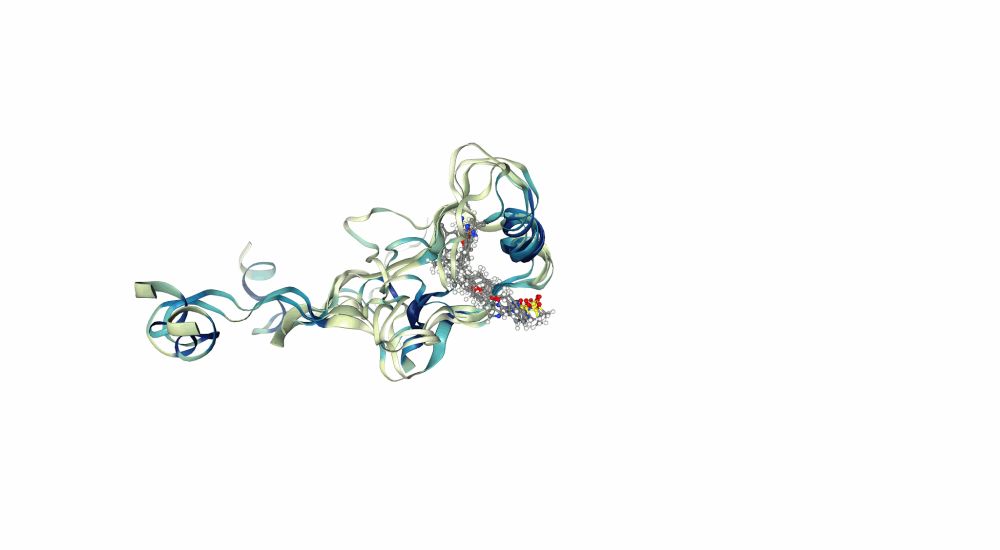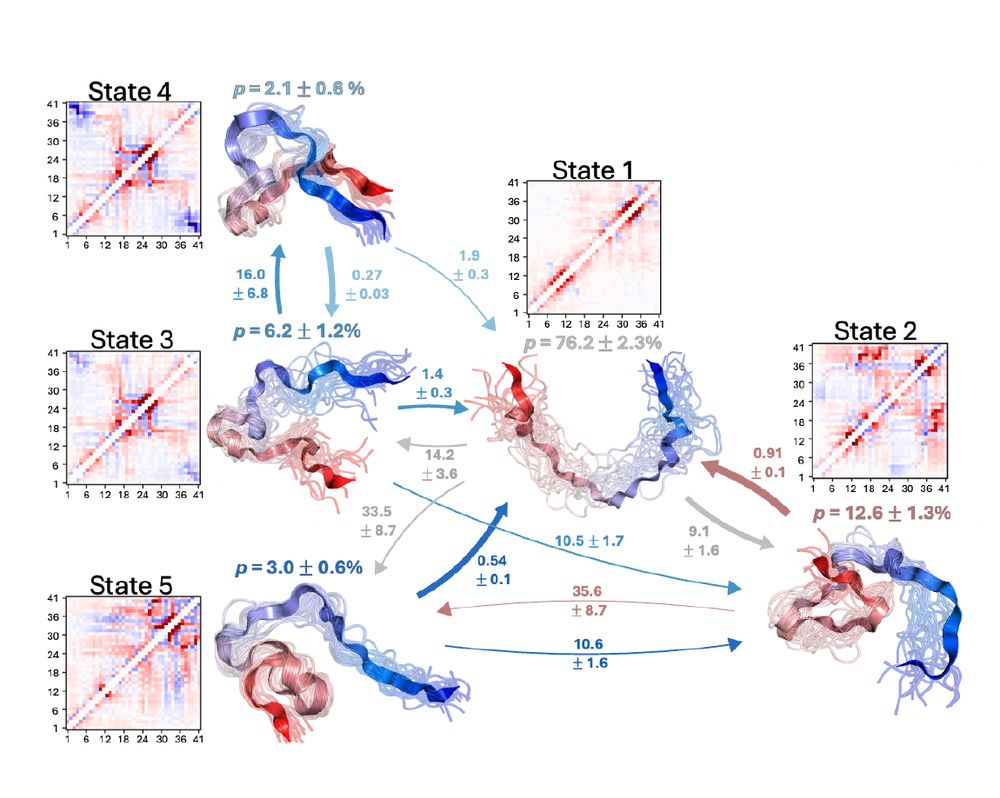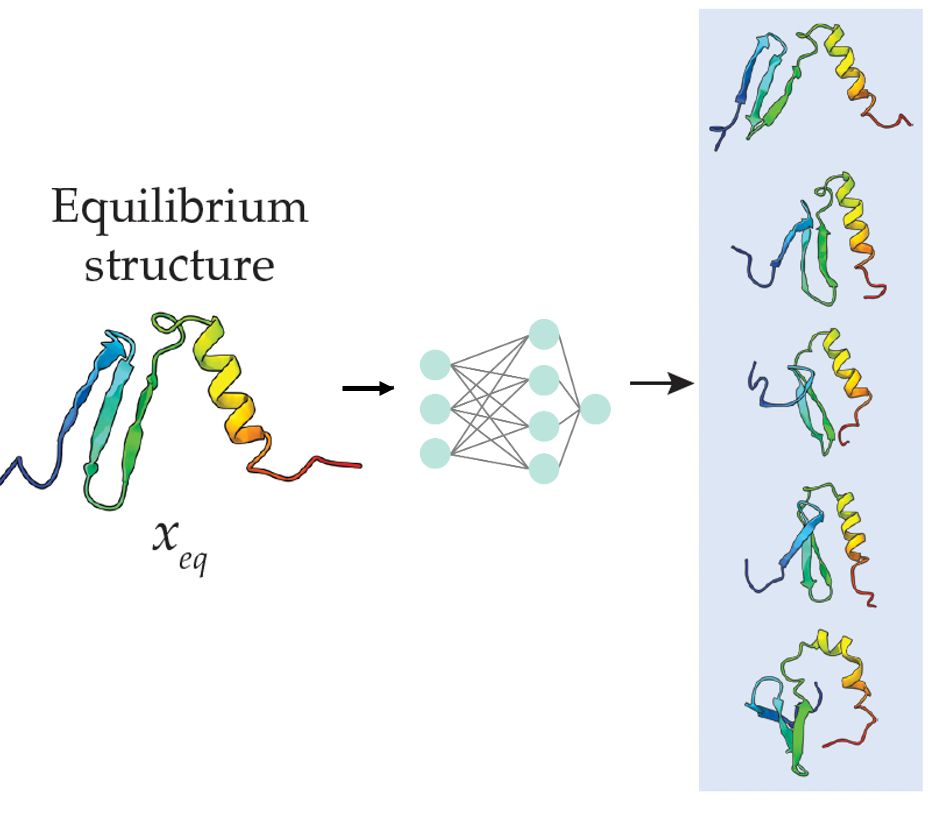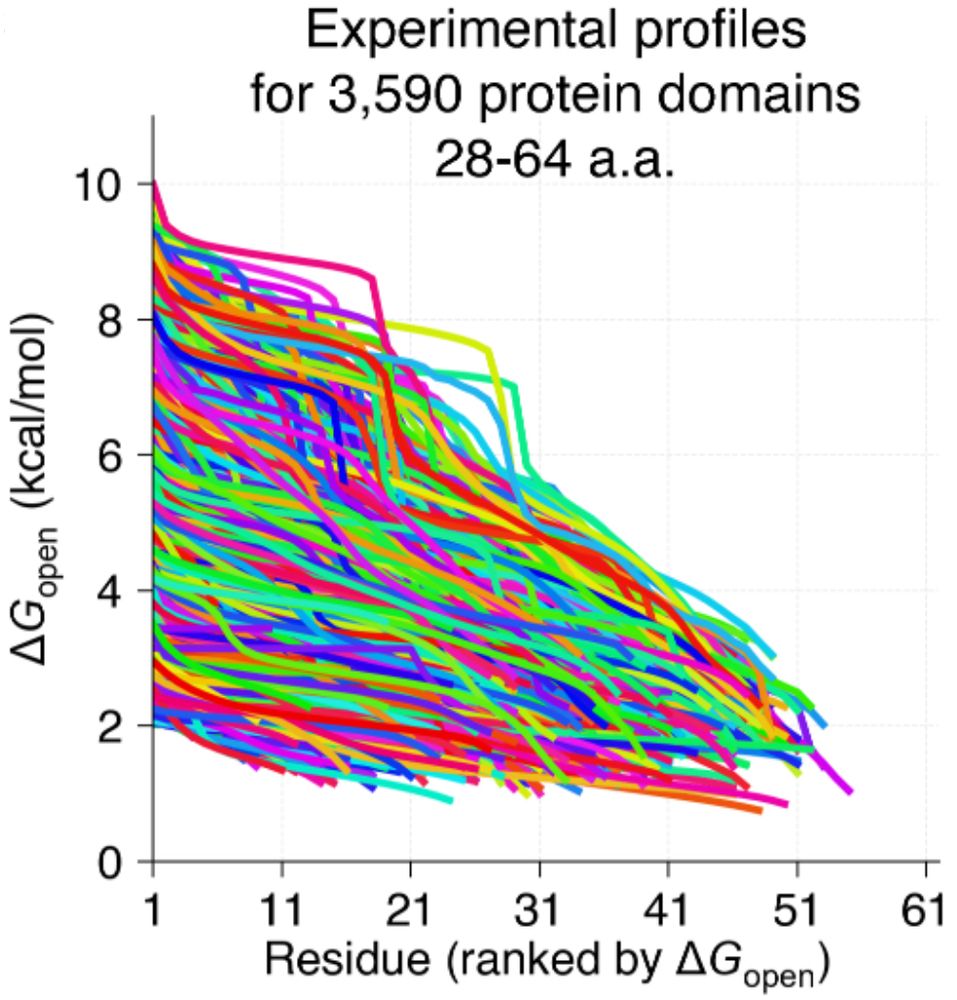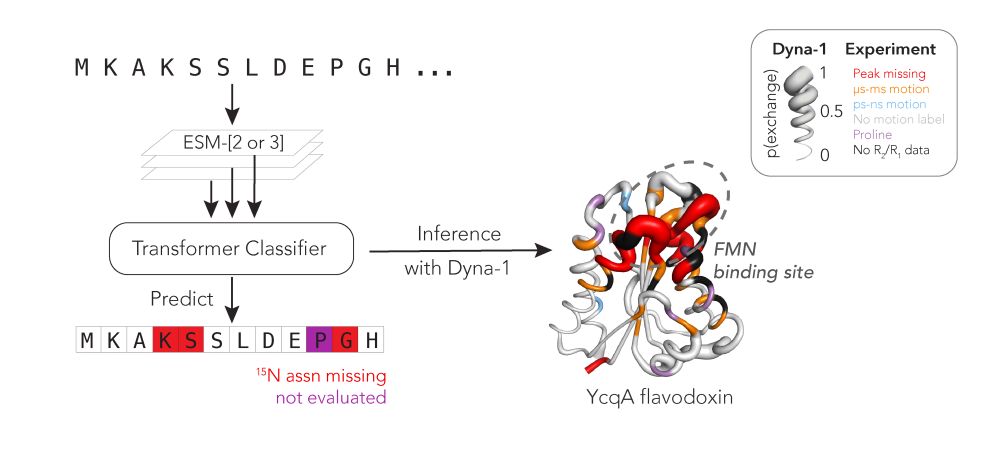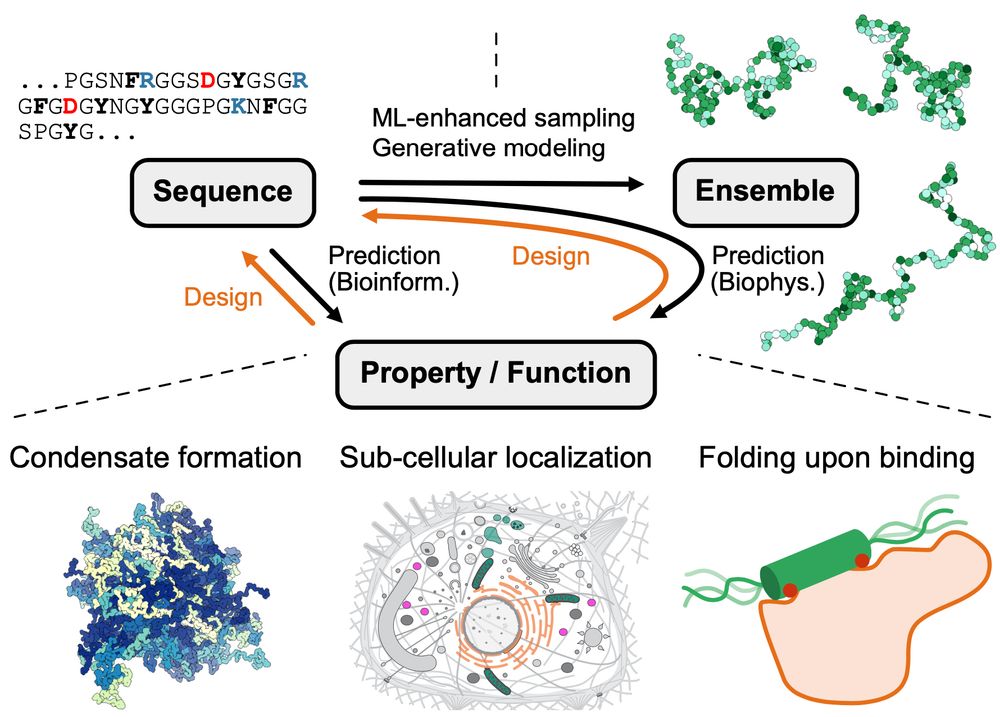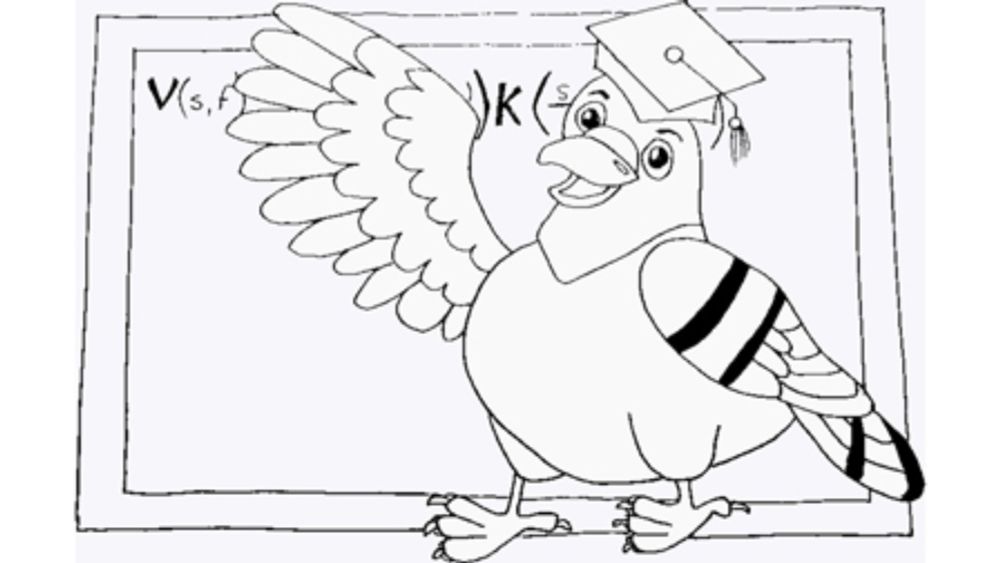Michele Invernizzi
@invemichele.bsky.social
390 followers
200 following
9 posts
Computational physicist at https://peptone.io
PhD @GroupParrinello, PostDoc @franknoe.bsky.social
Disordered Proteins, AI for Science, Molecular Dynamics, Enhanced Sampling
🔗 https://scholar.google.com/citations?user=fnJktPAAAAAJ
Posts
Media
Videos
Starter Packs
Pinned
Reposted by Michele Invernizzi
Reposted by Michele Invernizzi
Reposted by Michele Invernizzi
Reposted by Michele Invernizzi
Reposted by Michele Invernizzi
Reposted by Michele Invernizzi
Reposted by Michele Invernizzi
Reposted by Michele Invernizzi
Reposted by Michele Invernizzi
Reposted by Michele Invernizzi
Reposted by Michele Invernizzi
ChemRxiv Bot
@chemrxivbot.bsky.social
· Mar 12
Reposted by Michele Invernizzi
Reposted by Michele Invernizzi
Reposted by Michele Invernizzi
Reposted by Michele Invernizzi
Frank Noe
@franknoe.bsky.social
· Feb 19
Reposted by Michele Invernizzi
Grant Rotskoff
@grant.rotskoff.cc
· Dec 23
Reposted by Michele Invernizzi




